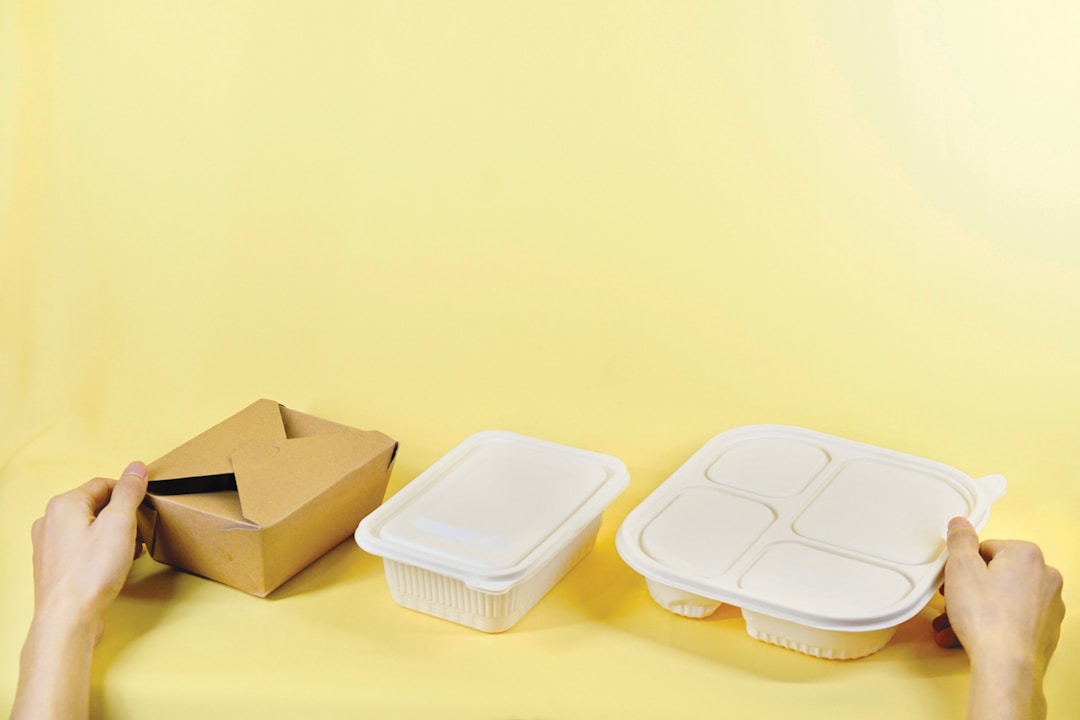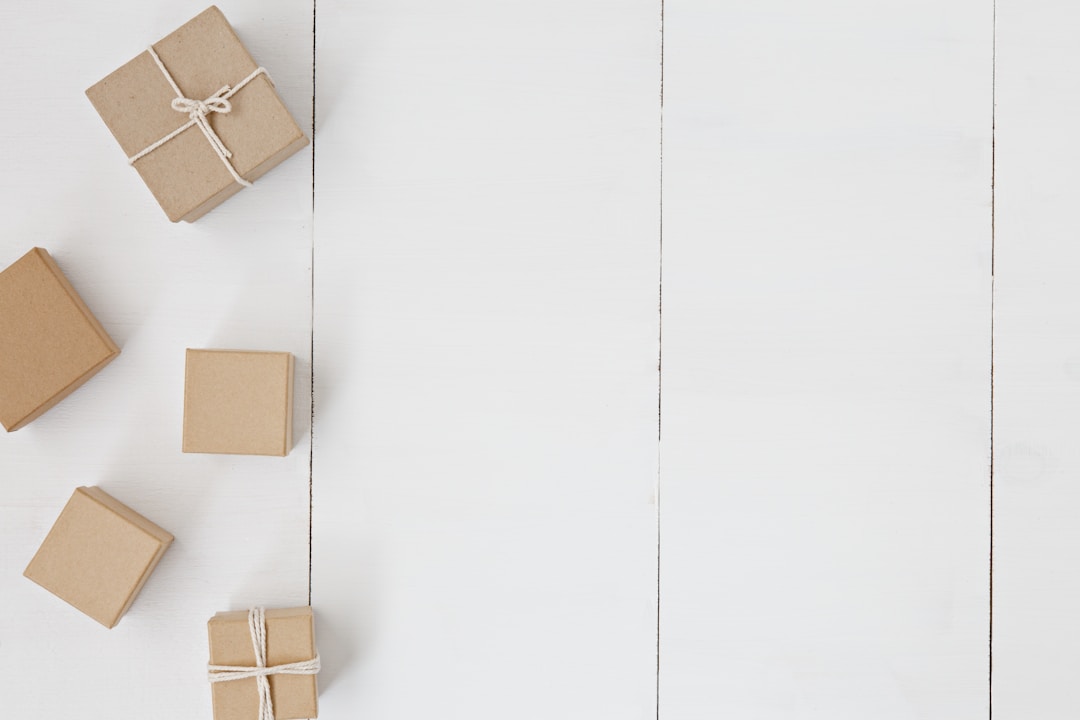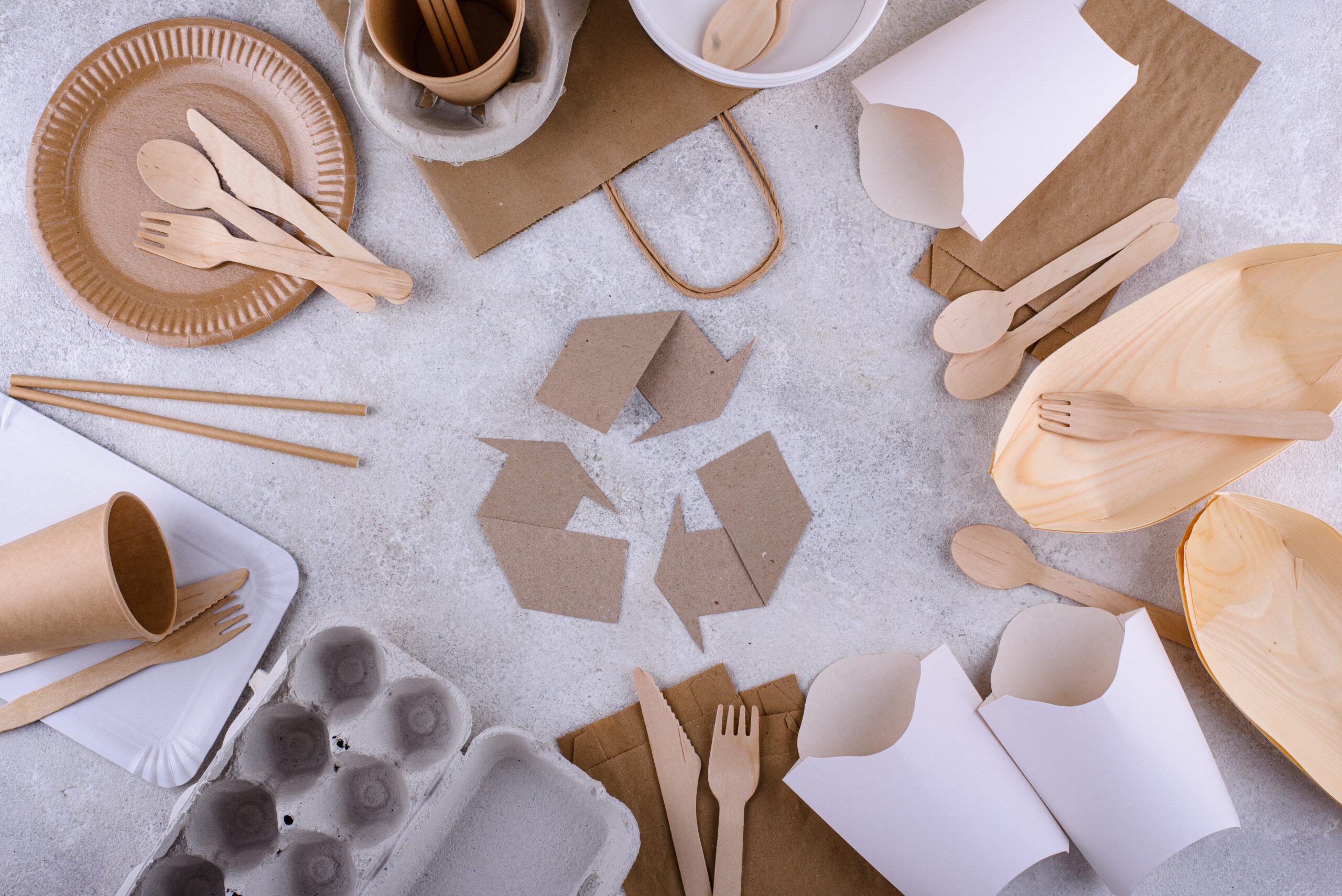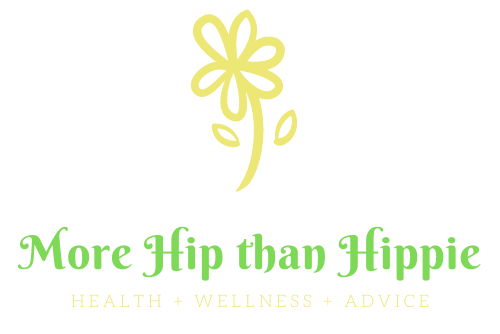At the heart of any retail product lies thoughtful, effective packaging. Packaging is the gateway that connects consumers with the brand experience, capturing attention, promoting engagement, and ensuring safety during transportation. However, the landscape of product packaging is evolving, and today’s businesses are increasingly under pressure to incorporate environmental considerations into their packaging design. Join us in this article as we dive into Packaging 2.0 – a look at how modern businesses are integrating both sustainability and efficiency into their packaging strategies.
The Landscape of Modern Packaging

With modern technologies and growing environmental awareness, the packaging industry is being driven to evolve. Much like an ecological ecosystem, the packaging ecosystem also goes through continuous changes and adaptations. Manufacturing processes, consumer habits, and business environments all influence packaging design, fueling a need for packaging that is not only visually appealing but also sustainable and efficient in its use of resources.
Brands that invest in sustainable packaging can expect a positive impact on their brand image, customer loyalty, and even business profitability. As businesses begin to explore innovative packaging designs, they’re also discovering solutions that combine aesthetic appeal with practical efficiency. One such solution is hinged lid containers from Earthwise Packaging. These containers not only look good, but they also secure products, promising durable, compact, and versatile packaging. They’re made from BioMax, a bioplastic derived from sugar cane, which will reduce your carbon footprint.
Today’s consumers are far more informed and conscious about the products they purchase. This consumer consciousness puts a lot more focus on the sustainability of packaging and increases the demand for environmentally friendly options. Businesses have a golden opportunity to exhibit their brand as forward-thinking and sensitive to environmental concerns by adopting eco-friendly packaging. The truth is that when customers feel that your business is purpose-driven and shares their values, they will be much more likely to support your endeavors now and in the future.
Reusable, Recyclable, and Compostable Packaging
The rise of e-commerce and increasingly demanding consumers are driving a move toward more innovative, environmentally friendly packaging materials. Among many solutions, reusable, recyclable, and compostable materials are becoming popular alternatives for businesses to make substantial positive changes to their packaging methods. Reusable packaging is designed for multiple uses. By investing in packaging that can be repeatedly utilized, businesses can bring down their packaging anxiety, cut costs over time, and reduce environmental impact.
Alternatively, recyclable packaging, usually made from single-use plastics, aluminum, paper, or glass, can be recycled into new materials and products, thereby reducing waste. At the other end of the spectrum, compostable packaging breaks down into nutrient-rich compost under the right environmental conditions. This type of packaging is particularly appealing to consumers who are interested in zero-waste lifestyles, presenting an opportunity for businesses to gain a competitive edge and appeal to niche markets looking for such solutions.
Packaging Design for Efficiency

Efficient packaging design is necessary in today’s competitive business landscape too. It goes beyond just making products visually appealing; it is a strategic tool that can greatly impact a company’s success. This can impact a business’s bottom line. Smart packaging can optimize shelf space, reduce material costs, and maximize the efficiency of the transportation and storage process. By using sustainable materials and designing packages that utilize the minimum amount of materials needed to protect the product, businesses can reduce their environmental footprint while also saving money.
Moreover, efficient packaging design enhances the customer experience. A package that is easy to open, handle, and use not only creates a positive impression but also improves customer satisfaction. Consumers appreciate packaging that is functional, user-friendly, and convenient. An efficient design can also incorporate features such as resealable closures or product information that is easily accessible, fostering repeat purchases and building brand loyalty.
Tackling Challenges in Sustainable Design
While the shift toward sustainable packaging is a commendable move, it’s not without its challenges. Several obstacles stand in the way of achieving the ideal sustainable packaging that aligns perfectly with a company’s strategic goals. The first of these challenges is cost. Sustainable materials are often more expensive than traditional materials. However, economies of scale and technological advancements are gradually reducing the price gap.
Additionally, businesses also need to train their teams to handle, process, and dispose of new packaging materials properly. There’s also the complex issue of regulatory compliance. Different regions have varying regulations regarding packaging materials, forcing businesses to meticulously research and comply with local legal requirements. Navigating these challenges requires persistence and dedication, but the rewards of sustainability and efficiency present an enticing incentive for businesses to forge ahead with implementing innovative packaging solutions.
Creating Connection through Packaging

The best packaging design transcends beyond the purpose of merely holding a product; it creates a connection and communicates a brand’s values to its consumers. This is where the philosophy of “Packaging 2.0” takes a front seat, emphasizing the sustainable and efficient use of resources in packaging design. Brands that have made such a positive switch have seen an overwhelming response from their target audience. It’s a change worth celebrating, and most importantly, it’s a change that draws others towards making similar strides.
Once more businesses adopt eco-friendly and efficient packaging, we can expect to see a decrease in pollution caused by wasteful packaging and an improvement in our environment In the end, packaging is much more than a casing. It has the power to elevate your brand experience, narrate your brand story and even change behaviors. Making this shift requires a comprehensive strategy that considers both efficiency and sustainability elements. No doubt, the way forward is challenging, but with strategic planning, persistent efforts, and a firm commitment, businesses can make progress in their sustainable packaging journey.
Looking Ahead: The Future of Packaging

As we look at the future, it’s clear that sustainable and efficient packaging will only become more significant. From the increasing public awareness of environmental issues to regulatory pressures from governments, the drive towards sustainable practices is not just an option for businesses – it’s becoming a necessity to fight climate change. As brands continue to see the value of connecting with customers on a deeper level, the importance of packaging design that communicates a brand’s ethos can’t be underestimated. By investing in sustainable and efficient packaging, businesses send out a clear message: that they care about more than just profit.
Businesses demonstrate that they value their consumers, they respect the environment, and they’re ready to take responsibility for their impact. With technological innovations continually emerging, the future of packaging seems bound to explore new horizons of sustainability and efficiency. Whether it’s biodegradable plastics, energy-efficient manufacturing processes, or innovative designs like hinged lid containers, future packaging solutions are sure to reach new heights of innovative and conscious designs.
As you can see, the journey towards sustainable and efficient packaging is an ongoing challenge and transition for businesses and society alike. However, by understanding the trends, challenges, and potential of Packaging 2.0, businesses can strategically navigate the evolving landscape and innovate in ways only limited by their creativity. Ultimately, the rewards are far-reaching, impacting not only the bottom line of a company but the well-being of our environment too. By embracing change, we embark on a journey toward a more sustainable, efficient, and promising future.


